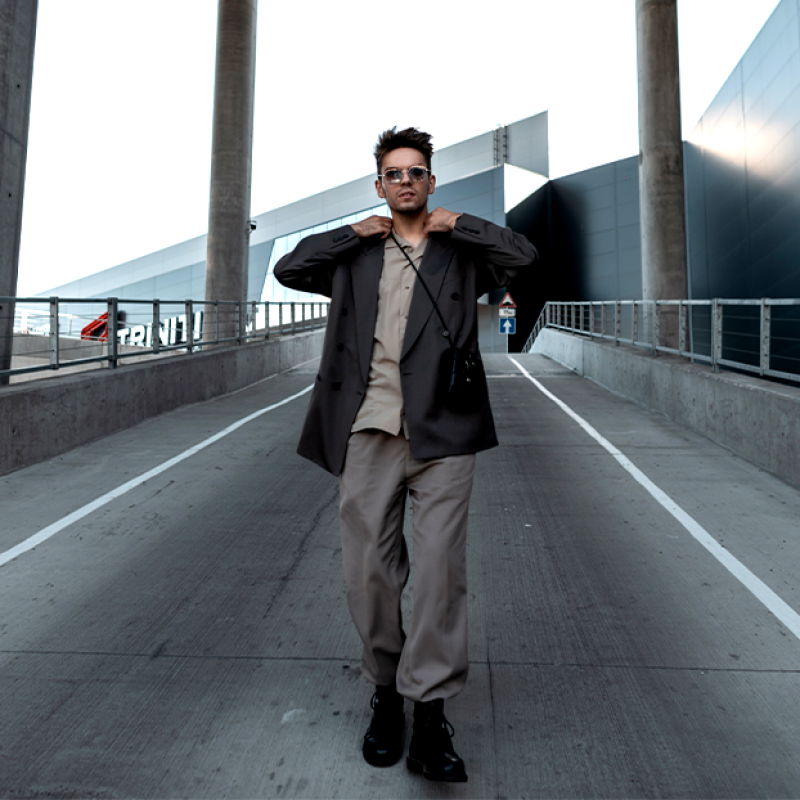Clothing, like architecture, is about structure, form, and the relationship between space and the human body. When designed intentionally, garments—especially dresses—become more than just fashion statements. They become wearable architecture. For both men and women, the way a dress interacts with space—through volume, structure, and silhouette—can redefine movement, identity, and presence.
1. Structure as Form
Much like a building’s frame, the construction of a dress defines how it occupies space. For women, sculptural dresses with sharp pleats, structured bodices, or exaggerated shoulders reshape the body’s outline, projecting strength and stability. For men, boxy shirt dresses, A-line cuts, or angular seams create space between the body and the fabric, allowing the garment to stand independently while suggesting motion and intent. These pieces act like built environments—sheltering, protecting, and empowering.
2. Volume as Expression
In architecture, space between walls, ceiling height, and open plans all create an atmosphere. Clothing does the same with volume. A voluminous dress—whether a trapeze silhouette or a ballooned hem—carves out its own spatial footprint. For women, a flowing cocoon dress expands presence, taking up space unapologetically. For men, oversized shirt dresses with dropped shoulders and extended hemlines challenge traditional forms and assert a fluid, expansive identity. Volume becomes a language of confidence.
3. Geometry and Lines
Architectural design relies on precise geometry—so does strong fashion design. Dresses that use clean lines, symmetrical panels, or asymmetrical cuts play with angles just like a structure would. For women, a geometric sheath dress can mirror the sharp elegance of modernist buildings. For men, a structured midi dress with crisp folds or architectural pleats speaks of clarity and design focus. Every seam, dart, and panel is a blueprint guiding how the garment moves and holds.
4. Negative Space and Air
The space around the body is just as important as the fabric itself. A well-designed dress considers airflow, negative space, and how it interacts with motion. Open-backed dresses, asymmetric cuts, and flowing layers create areas of breathability and dynamic form. For women, a slit that reveals a hint of movement redefines the garment’s rhythm. For men, side vents or layered cutouts in longline dresses play with space like glass panels in a building—allowing light and movement to pass through.
5. Fabric as Material Integrity
Architects choose materials for both strength and aesthetic. Similarly, the fabric of a dress determines how it behaves in space. Stiff cottons and structured linens hold shape like reinforced beams, perfect for garments with architectural ambition. Flowing silks and fine wool blends can drape like suspended ceilings or soft partitions, creating elegance without rigidity. For both men and women, choosing a fabric with “architectural integrity” transforms how the dress communicates in motion and stillness.
Conclusion
Clothing isn’t just made to fit—it’s made to build. Dresses, like buildings, shape how we interact with the world around us. For men and women alike, fashion becomes a form of soft architecture—constructing identity, framing presence, and designing space one stitch at a time. In the end, every outfit is a structure, and every body is the foundation it rises from.





